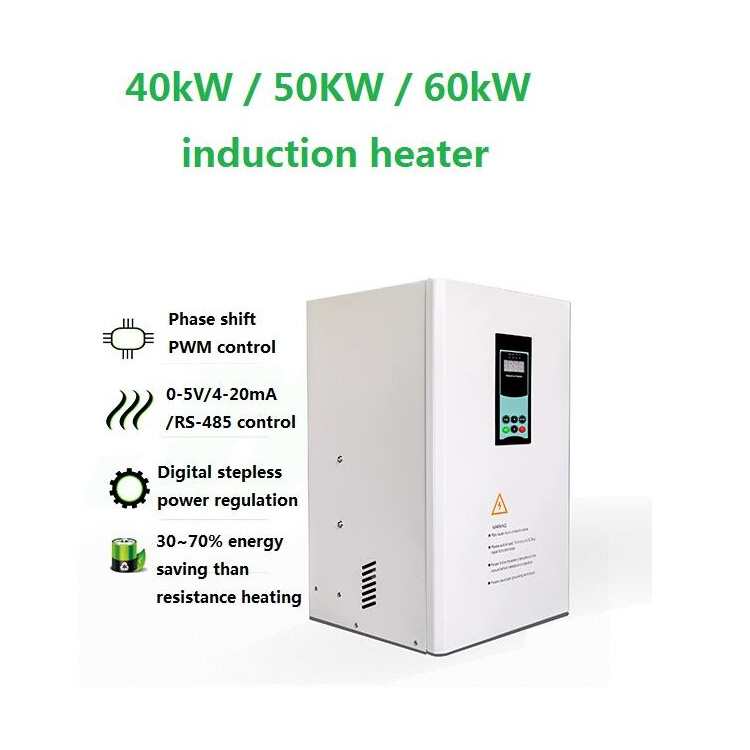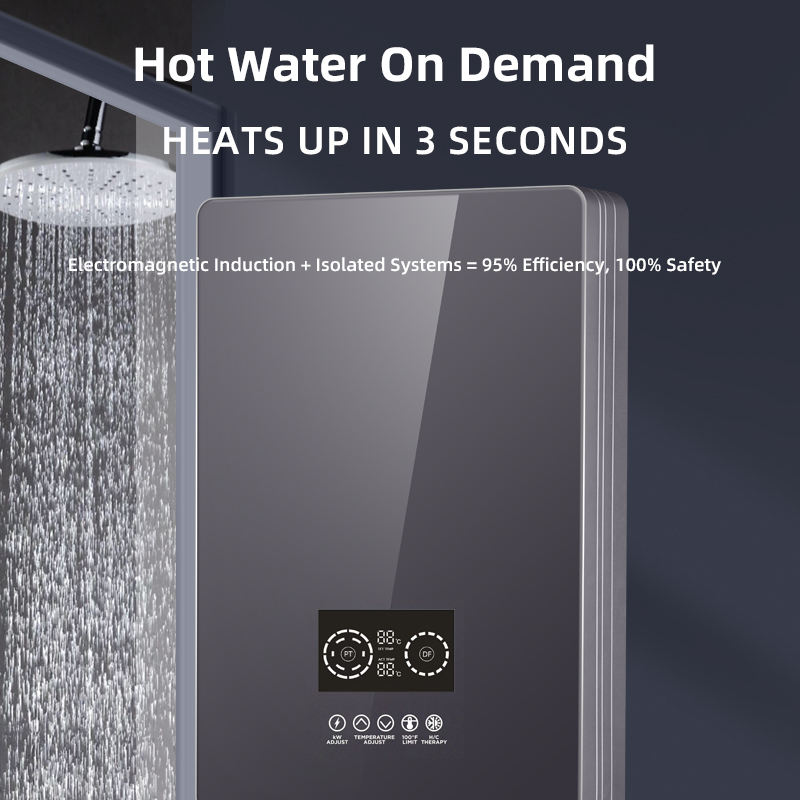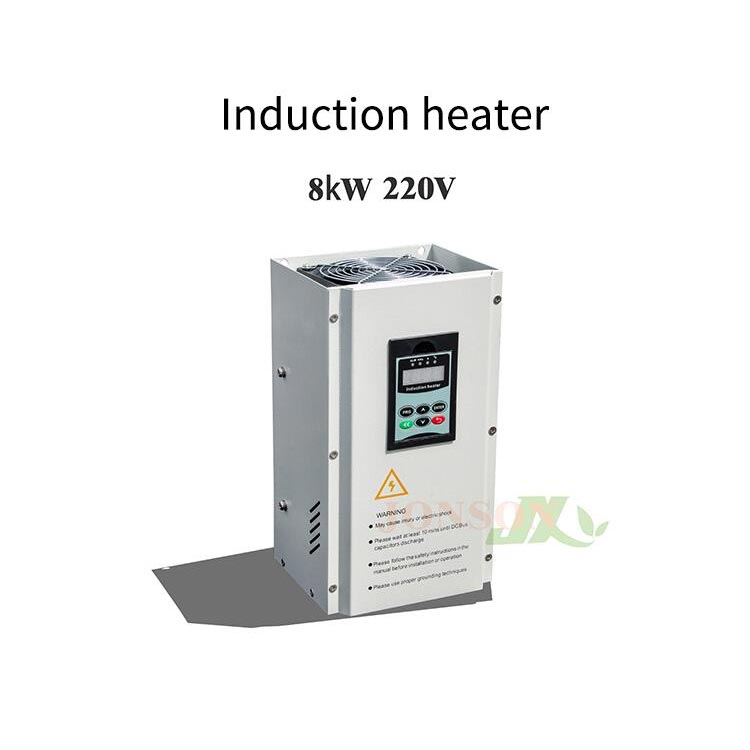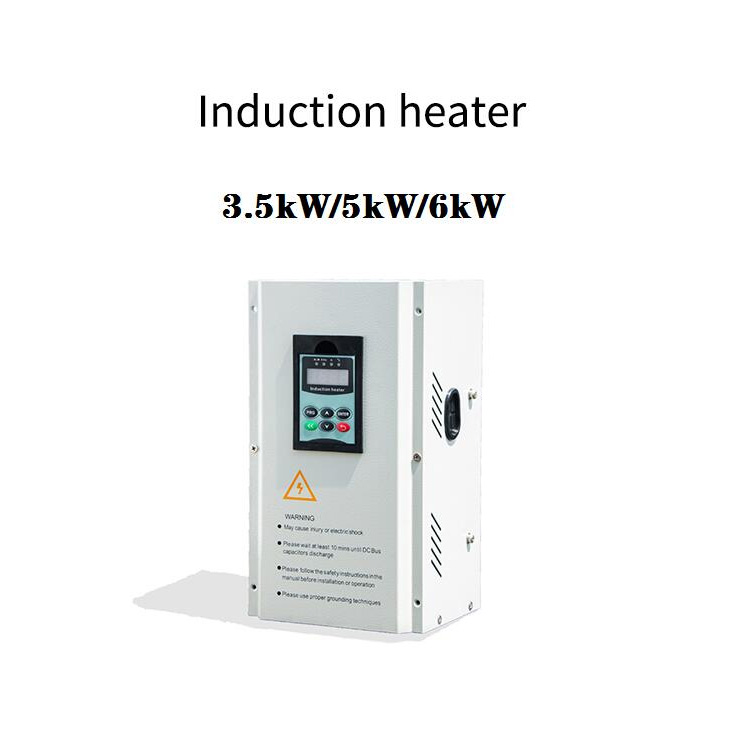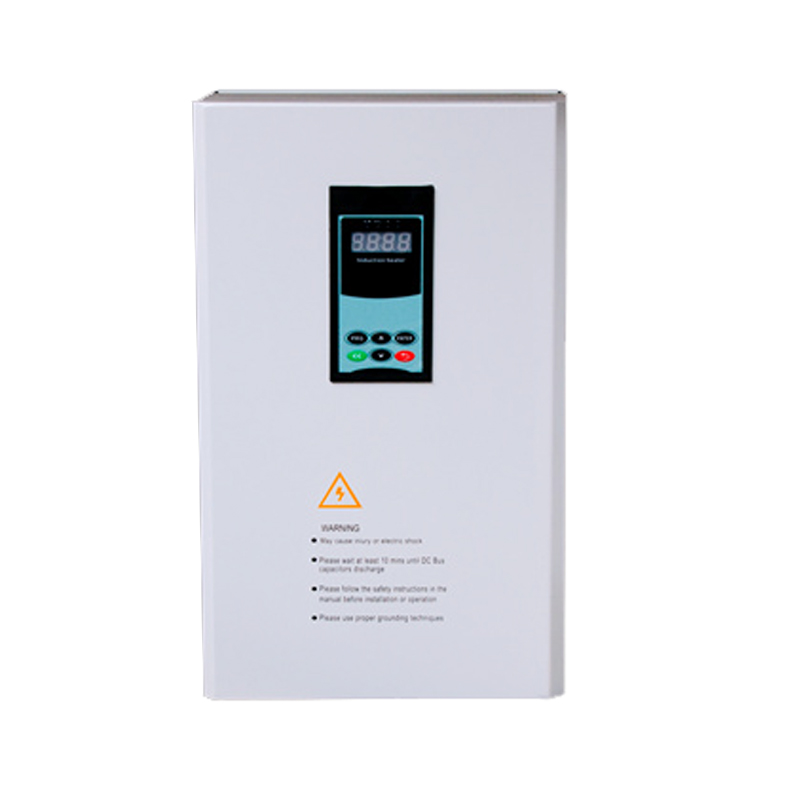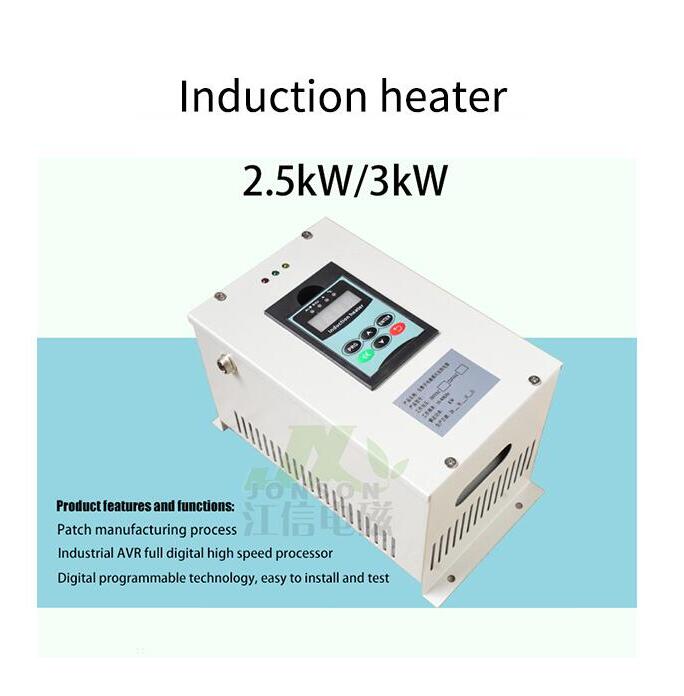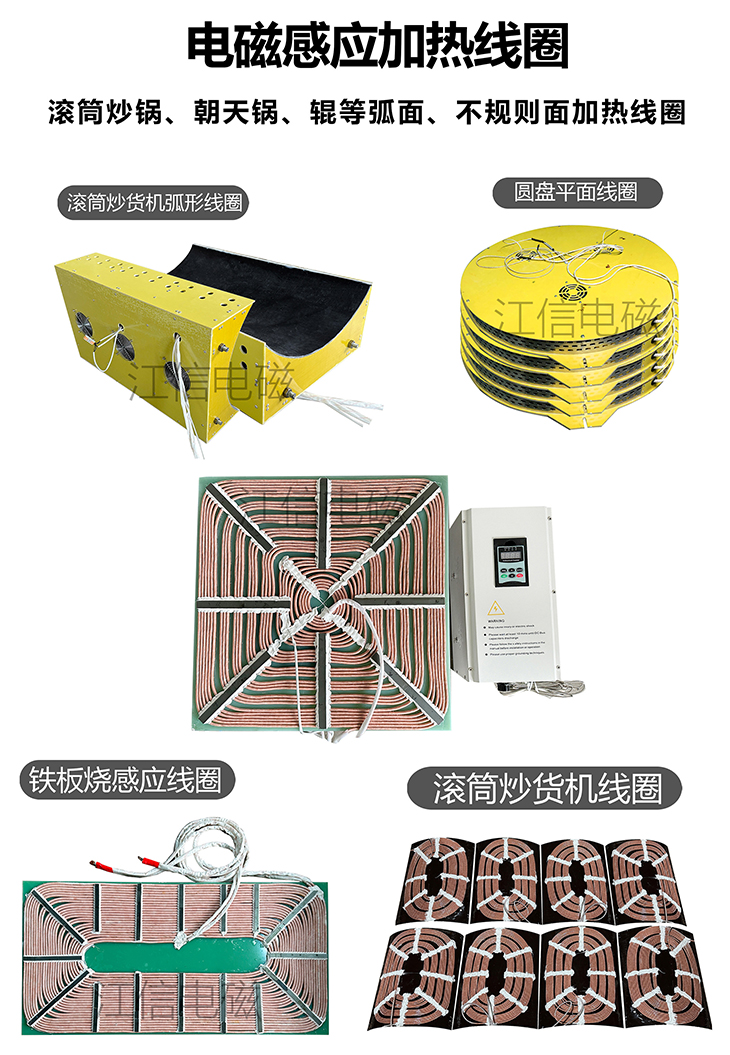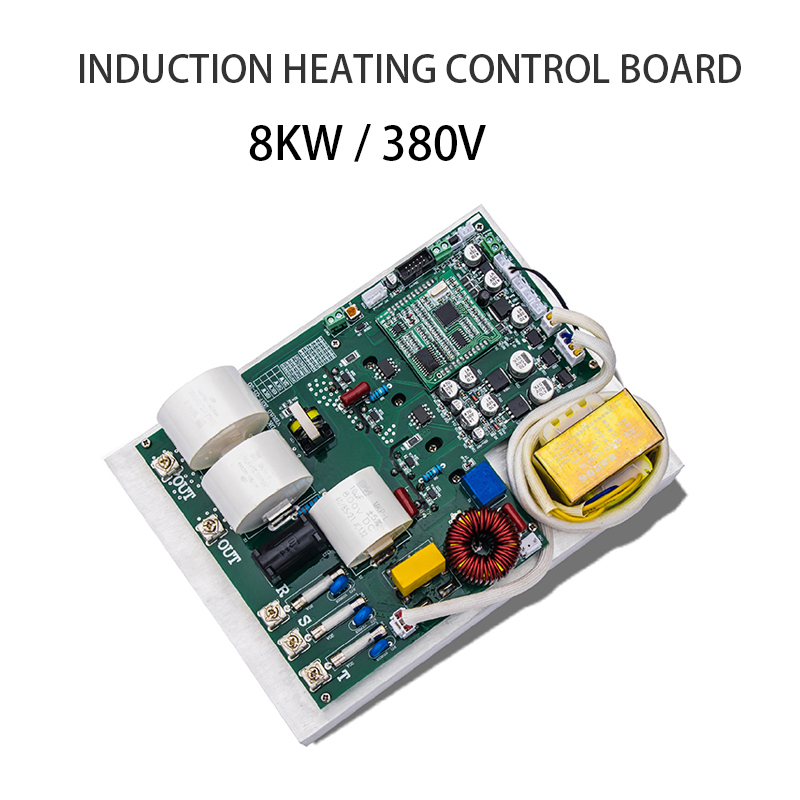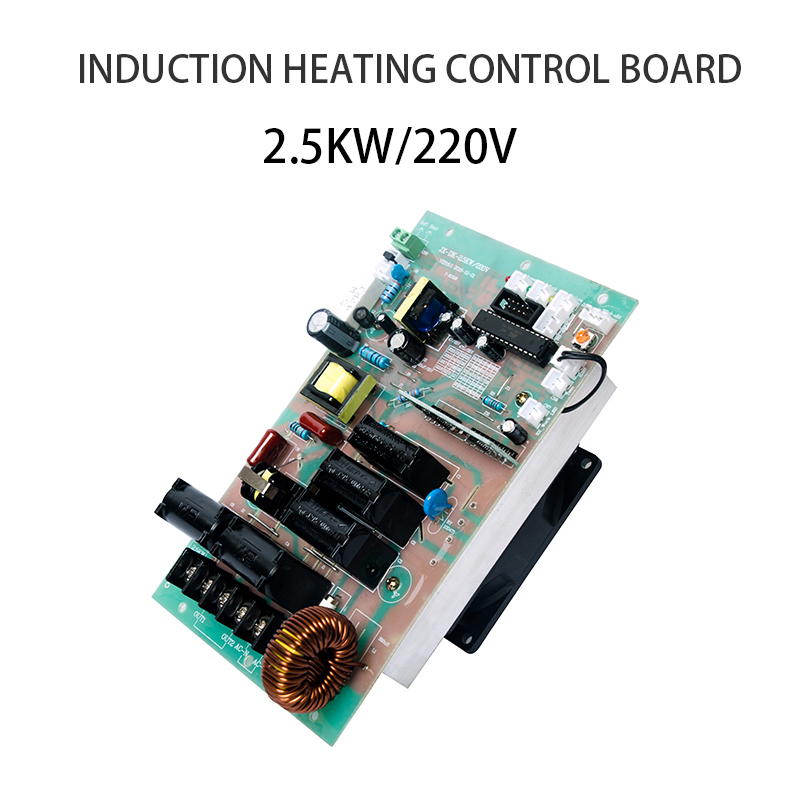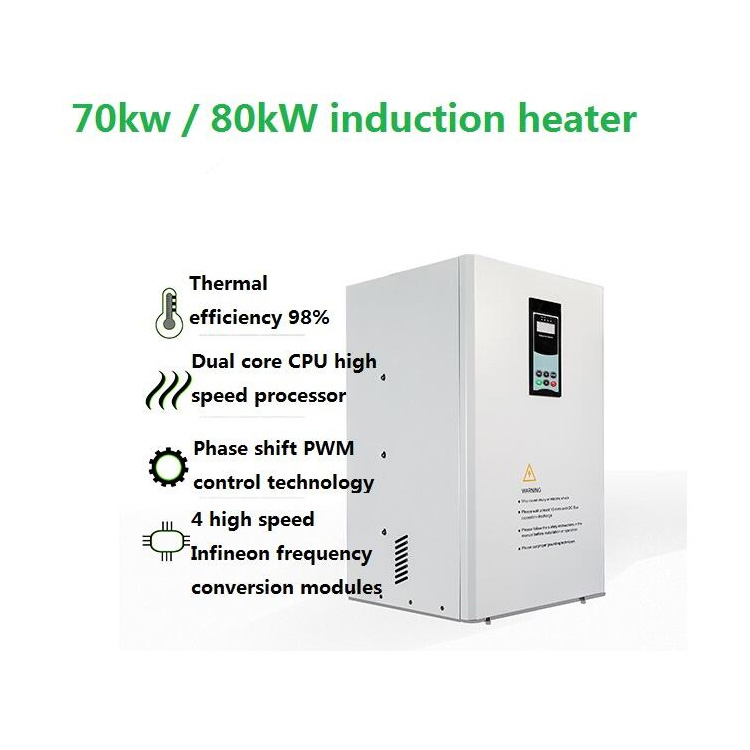Induction heating for plastic extrusion can significantly save energy due to its inherent efficiency and precise heating capabilities. Here*s a detailed explanation of the key factors contributing to its energy-saving benefits:
1. Direct and Targeted Heating
Induction heating works by generating heat directly within the metal components of the extruder barrel, typically using a magnetic field to induce eddy currents in the conductive material. Unlike traditional resistive heating methods, which heat the barrel by transferring heat from external heaters, induction heating minimizes heat losses by directly targeting the desired areas. This direct heating approach eliminates the intermediate heat transfer process, reducing energy waste and improving thermal efficiency.
2. Reduced Heat Loss
In conventional extrusion systems, external heaters often emit significant heat into the surrounding environment, leading to energy losses. Induction heating systems, on the other hand, are more focused and operate with insulated coils that contain the magnetic field and heat generation. This design minimizes radiant and convective heat loss, making the system more energy-efficient. The localized heating capability of induction systems further ensures that only the required zones are heated, avoiding unnecessary energy consumption.
3. Fast Heating and Precise Control
Induction heating provides rapid temperature increases, significantly reducing the time required to bring the extruder barrel to the desired processing temperature. This quick start-up capability means less energy is consumed during the warm-up phase. Additionally, induction systems offer precise and instantaneous temperature control, allowing operators to maintain optimal process temperatures without over- or under-heating, which can lead to energy inefficiencies in traditional systems.
4. Improved Process Efficiency
The uniform and consistent heating provided by induction systems enhances the extrusion process*s overall efficiency. Uniform barrel temperatures reduce material inconsistencies and improve melt quality, decreasing the need for rework or material waste. This improved process efficiency indirectly reduces the energy footprint of the extrusion process by minimizing production errors and downtime.
5. Lower Maintenance Requirements
Induction heating systems have fewer wear-and-tear components compared to resistive heaters. External heaters often require frequent replacements due to thermal fatigue and degradation, which contributes to indirect energy losses through production downtime and additional manufacturing needs for replacement parts. Induction coils, being more durable, require less frequent maintenance and replacement, reducing the system's overall energy consumption over its lifetime.
6. Compatibility with Energy Recovery Systems
Induction heating systems are often more compatible with advanced energy recovery and optimization technologies. For example, they can be integrated with systems that recover excess heat and repurpose it for other stages of the process, further enhancing the energy efficiency of the extrusion operation.
7. Reduced Cooling Requirements
Traditional heating methods can overheat areas beyond what is needed, requiring additional cooling systems to maintain temperature balance. Induction heating, with its precise and localized application, minimizes the need for such cooling interventions, reducing energy use further.
Conclusion
Induction heating saves energy in plastic extrusion by offering direct, localized heating with minimal losses, fast and efficient temperature control, and improved process stability. Its reduced heat loss, precise control, and lower maintenance needs make it a sustainable and cost-effective alternative to conventional heating methods, aligning with energy efficiency goals in modern manufacturing.

